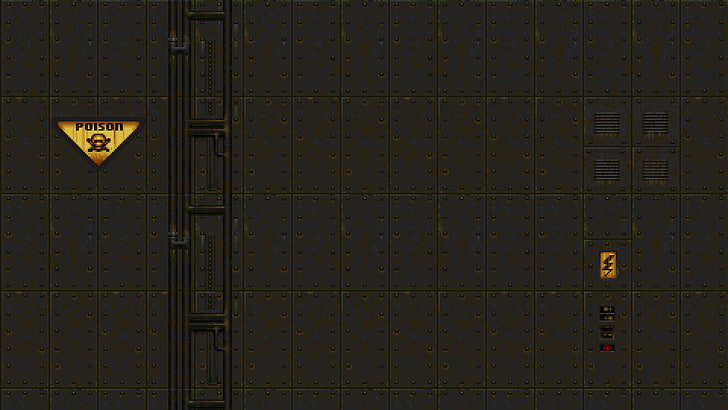

Russian Cyrillic here.
Yes, there are both upper- and lowercase letters. Most kinda look like the same letter.
Yes, there are serif and sans-serif fonts. I haven’t noticed any difference in use between the Russian and the English alphabets in that regard – serif is more prevalent in books and printed media, while sans-serif rules the digital (and maybe headings and headlines in printed).
As for the emphasis, the Russian alphabet and fonts (at least the popular ones) do support emphasis, like bold, italics, etc., but italics is used much less liberally. For example, I often see italics used in English to either make the reader emphasize a word or a phrase differently, or to make a name of a piece of fiction stand out (e.g. Dishonored vs Dishonored). I can’t recall a single time I’ve seen the former being used in Russian, neither in fiction, nor on the Internet – the only thing somewhat close to it would be in-universe letters or writings, but those are often put in their own paragraph with different margins and all.
The italics in the Russian digital fonts is not the same as the Russian or Cyrillic cursive, though. While the latter may be vastly different from the printed letters, varying by the age group (older generations have pretty different cursive from people my age, especially with some letters like the lowercase T), the former is basically the same style shift as in the Latin alphabets. For example:
- Regular: Съешь же ещё этих мягких французских булок, да выпей чаю.
- Italics: Съешь же ещё этих мягких французских булок, да выпей чаю.
As for the Russian cursive, I would say it’s actually closer to the printed Russian than the English cursive is to the printed English. There are some letters that often tend to blend together in cursive, such as the lowercase И, Л, Ш, Щ, but with proper spacing, they’re really easy to tell apart; especially given how they’re not that often that close to each other in most sentences.
The cursive English lowercase F, on the other hand, or uppercase S, or lowercase R, for example, left me guessing the first few times I saw them.
So, the Russian, or the Cyrillic alphabets are pretty boring in that regard when compared to the Latin-based alphabets of Europe. The region may be vast and varied, but its peoples are still pretty close and similar to each other.

I don’t know why you feel the need to assure a native Russian speaker of that, though.
It’s fairly easy to read (provided good handwriting) and to tell what’s what from the surrounding letters.
As for being a separate topic - that would be the case for other cursives as well. More so in German, where they actually have more than one cursive system (although I’m not sure if Kurrent is actually still around for me to be making that claim).
Russian is as unique as other European languages. No less, no more.